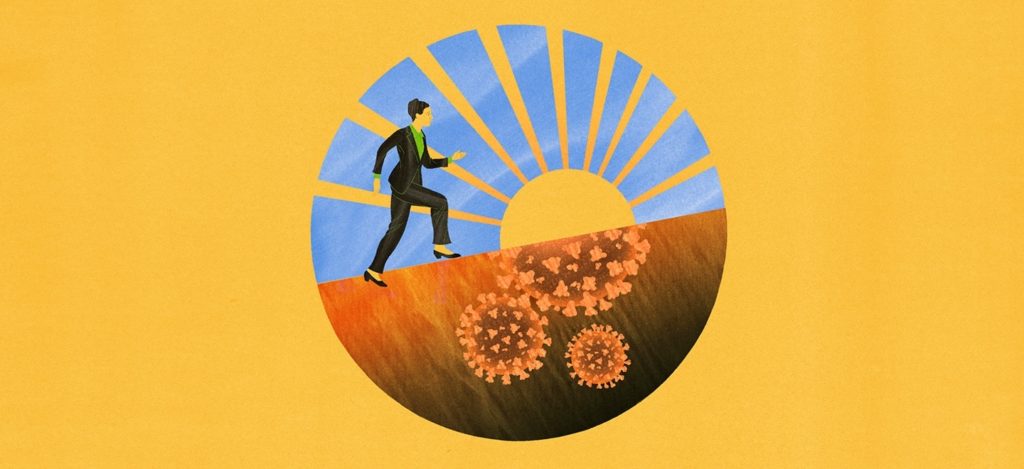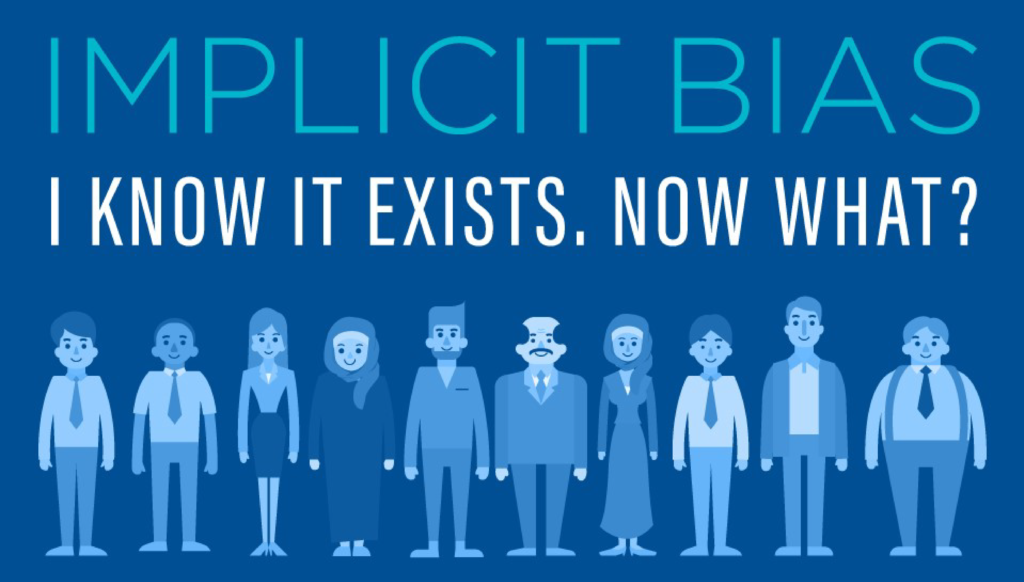In the Democratic Republic of Congo (DRC), education is more than a right; it is a luxury that ordinary people cannot afford. Many factors have contributed to the deterioration of learning in DRC, such as war, bad governance, archaic teaching techniques, and poverty.
- War
Conflict affects education in many ways: Death or displacement of teachers and students. In the eastern Democratic Republic of Congo, children as young as six are routinely recruited by militias and taught to kill (Titeca &De Herdt, 2018). It is estimated that 8- to 16-year-old-children make up 60% of combatants in the region. - Bad governance
Funding for schools is not transparent, and external inspections are conducted infrequently. The roles and responsibilities of decentralized authorities managing schools are often unclear. Parents in all countries surveyed reported paying registration fees for primary education even though, by law, primary schooling is free. This ranged from 90 percent of surveyed parents in Morocco to 9 percent in Ghana. Overall, 85 percent of schools surveyed across all countries had either deficient accounting systems or none at all. This ranged from 100 percent in Niger to 69 percent in Madagascar. The majority of headteachers in Madagascar (58 percent), Morocco (77 percent), Niger (92 percent), and Senegal (59 percent) and most members of School Management Committees in all countries received no training in financial management though they are responsible for budgets (Titeca & De Herdt, 2018). Parents in all countries said they believed the education system was affected by corruption, ranging from 10 percent in Madagascar to 85 percent in Sierra Leone. - Archaic teaching techniques
the use of old-fashioned methods of education also contributes to inadequate training. In Africa, there are countries that still use the purposes of learning that were used in traditional African culture. A significant weakness of the traditional African methods of education is that they solely focus on the tribe or clan and hardly prepare the receivers of the education for contact outside. This explicitly implies that the knowledge and skills possessed with children from a particular ethnic group may not be transmitted to a different tribe easily. Also, due to a lack of literacy, the skills and knowledge accumulated may not be preserved in written forms (Adeyemi, 2012). The knowledge and skills, therefore, cannot be transferred from generation to another or from one locality to the next. - Poverty
Poverty is a barrier to proper education, and it remains among the most significant challenges. Despite the progress that has been made within the last decade, 68 million children, whereby almost 52 percent come from African countries, do not access primary education. This is caused by a lack of direct costs, such as books, clothing, and fees. The other indirect damages include distance to school, the opportunity cost of school attendance, an environment of inferior quality made of overcrowding, infrastructure, and sanitation, the content of poor quality like defective materials and outdated curriculum and processes of poor quality involving poor management of schools and untrained teachers (Shapiro & Tambashe, 2017). - Culture
Western standards and models still are dominant in Africa, especially in DRC Congo. Due to colonization, institutions in Africa, particularly colleges, instruct with the use of curriculums that are Euro-centric, and these do not have any connection to life in Africa. A number of people consider this a lack of self-sufficiency and as an ongoing impact of colonization, which upheld by the corrupt and modern African elite. This is an attitude that is based on the view that during colonization, African elites’ exploitation of their own so as to benefit themselves instead of advocating for the interests of all people (Shapiro & Tambashe, 2017).
References
Adeyemi, M. B. (2012). Some key issues in African traditional education.
Shapiro, D., & Tambashe, B. O. (2017). Gender, poverty, family structure, and investments in children’s education in Kinshasa, Congo. Economics of Education Review, 20(4), 359 375.
Titeca, K., & De Herdt, T. (2018). Real governance beyond the ‘failed state’: Negotiating education in the Democratic Republic of the Congo. African Affairs, 110(439), 213-231.



